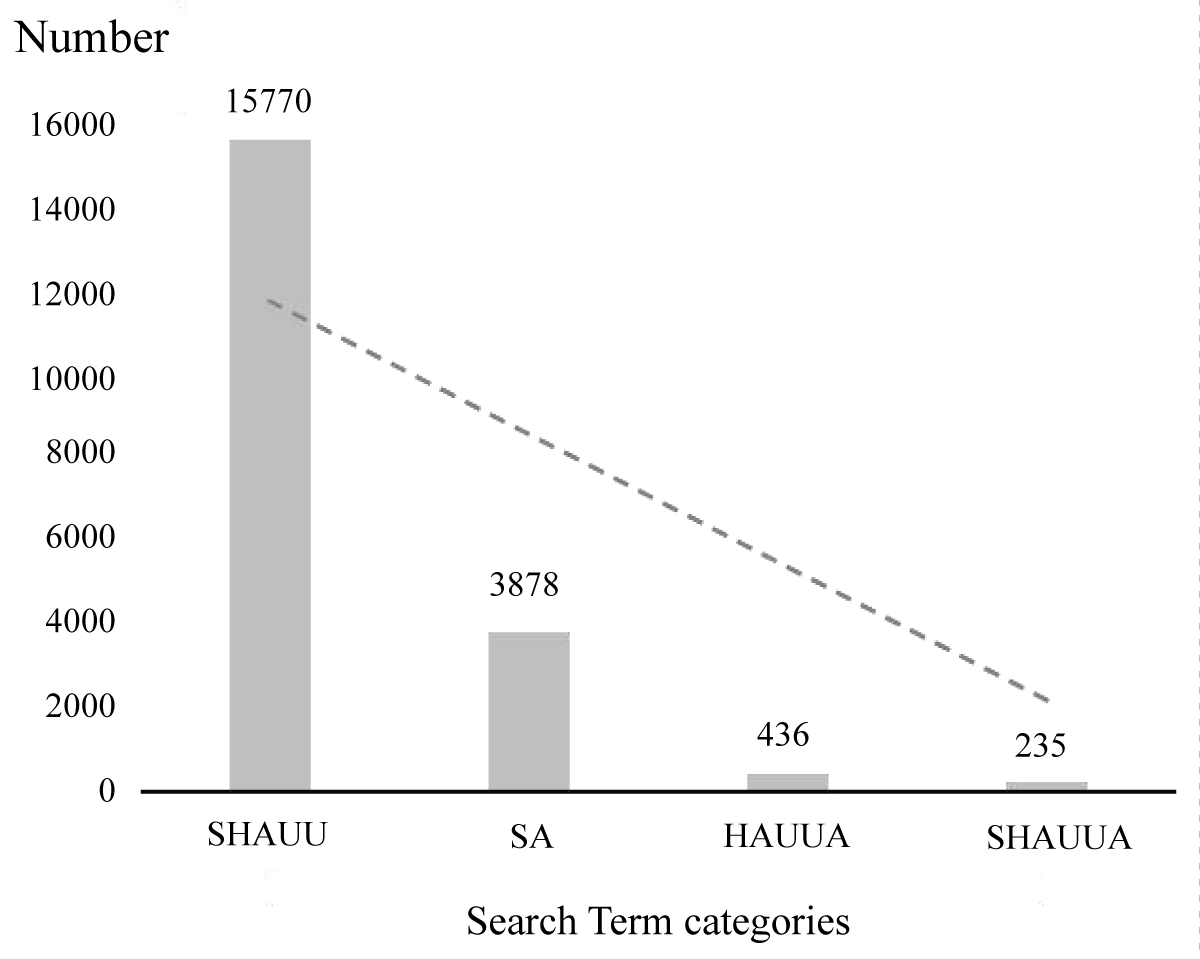Association and New Therapy Perspectives in Post-Stroke Aphasia with Hand Motor Dysfunction
Introduction
Post-stroke aphasia, coupled with hand motor dysfunction, presents a complex challenge for rehabilitation. Many stroke patients with aphasia also suffer from impaired hand movements, impacting their quality of life. Emerging research on the shared neural mechanisms between language and hand motor functions offers new insights into potential therapies. This post examines the latest findings and therapy approaches to address these interconnected dysfunctions, leveraging both behavioral and neuroscientific perspectives.
Understanding the Connection between Language and Hand Motor Function
Studies indicate a strong connection between language and hand motor functions, suggesting that motor skills may enhance language recovery. This link dates back to early human evolution, where tool use and gesture-based communication coincided, creating a foundation for language development. Mirror neurons—neural cells that activate during both observation and execution of actions—are central to this relationship. By observing or performing hand movements, stroke patients may activate mirror neuron systems that support language recovery, offering a promising therapeutic pathway.
For more details, read the full text or access the study through DOI link(igmin141).
New Therapy Approaches and Rehabilitation Techniques
- Mirror Neuron-Based Therapies
Leveraging mirror neurons, rehabilitation programs now incorporate action-observation tasks where patients observe and imitate hand movements. Studies show that both video-based and real-time movement observation can aid language recovery in patients with transcortical motor aphasia. Hand movement observation combined with training improves word retrieval and comprehension, enhancing overall language function. - Brain Stimulation Techniques
Repetitive Transcranial Magnetic Stimulation (rTMS) and Transcranial Direct Current Stimulation (tDCS) are non-invasive brain stimulation techniques that show potential in treating aphasia with hand dysfunction. Low-frequency rTMS on the non-dominant hemisphere, for example, can improve naming accuracy by modulating excitability in specific brain regions. tDCS, particularly when applied to the motor cortex, can support the recovery of both hand motor skills and language functions, especially when combined with intensive language training. - Motor Cortex Stimulation (M1-tDCS)
M1-tDCS, a form of tDCS targeting the primary motor cortex, promotes language function by stimulating motor areas linked to language networks. This stimulation approach is advantageous, as it does not require extensive pre-processing to identify language-specific brain regions, making it efficient and potentially accessible for more patients.
Key Findings and Future Directions
The research underscores the importance of addressing both hand and language dysfunctions through integrated therapies. Preliminary results show improved language function and motor recovery in patients receiving combined motor and language training. However, the efficacy of these therapies varies depending on factors such as the severity of the stroke, handedness, and the duration since the stroke occurred. More longitudinal studies and neuroimaging research are needed to explore the full potential of these therapies and optimize rehabilitation strategies for stroke survivors.
Conclusion
The interdisciplinary approach to treating post-stroke aphasia with hand motor dysfunction highlights the potential of combining motor and language therapies. By targeting mirror neurons and leveraging brain stimulation techniques, these emerging therapies offer hope for improved recovery outcomes. As research progresses, these innovative methods could redefine rehabilitation for stroke patients, making comprehensive recovery a tangible goal.
Tags:
Post-Stroke Aphasia, Hand Motor Dysfunction, Mirror Neurons, rTMS, tDCS, Stroke Rehabilitation, Neurology, Language and Motor Therapy.

Figure: Number of literature searches for keywords related to post-stroke aphasia and hand movement.
